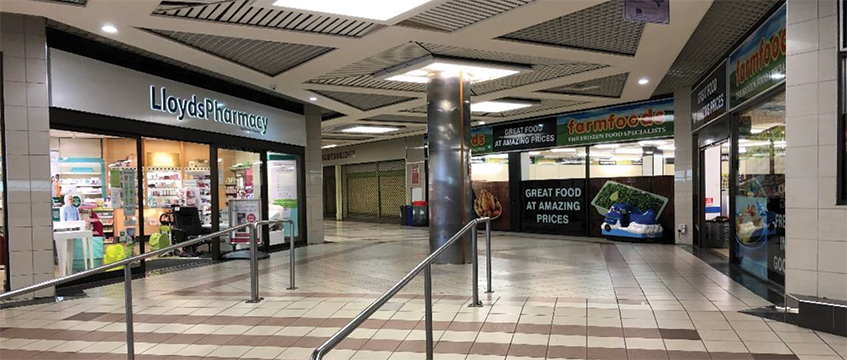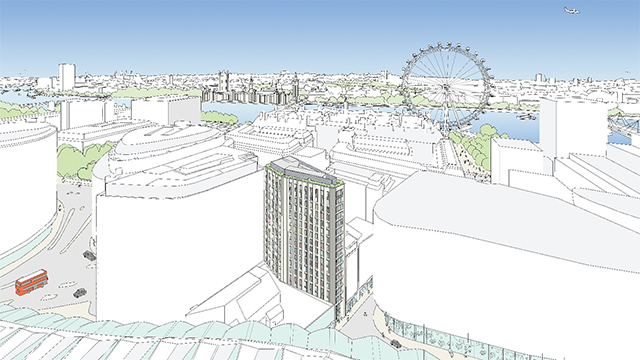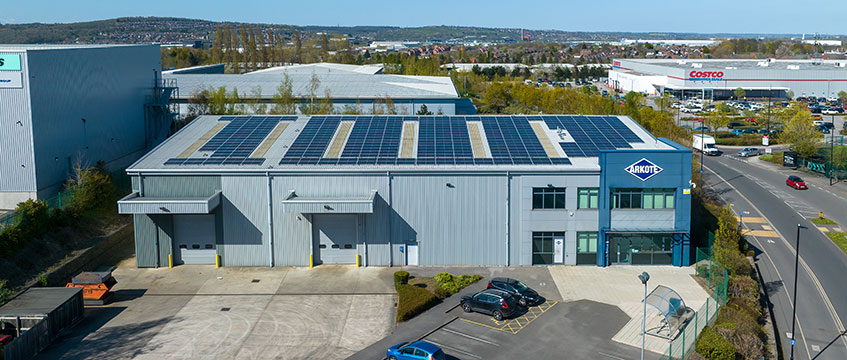In conversation with our new EG editor recently, I was asked for my thoughts on market conditions and reflected in a rather downbeat way that we had only sold £52m at our March sale. As she has a more objective view of the wider market than I could hope for, her reaction was typically succinct: “That’s more than all the sales in the entire shopping centre market in Q1.”
Her response prompted me to reflect that, almost in spite of the ongoing saga in Whitehall and with high street rents and yields heading quickly in different directions, the private investor is still in a resilient mood.
The reality is that around £1.08bn of commercial assets have been traded in auction rooms in the 12 months to the end of March 2019, and with £525m sold under the Allsop hammer we are rightly referred to as “the coal face of the property market”.
When we talk to investors there is little mention of the ‘B’ word. In fact the overseas community who made up over 10% of our buyers in the March sale, rarely mention it at all. In comparison to tensions in the Middle East and parts of Africa, our ongoing war of words with Brussels is but a side show.
Our buyers’ take is that they are seeking yield and opportunity and will buy into almost any sector that they understand. These are portfolio investors, typically with a rolling bank facility, and they will equally eye up the tempting yield of a short lease against the sense of security and lower yield that a longer let wealth preservation type of asset offers.
With this broad outlook and spread of yields, it makes the job of a valuer ever harder, but I will come back to that later.
Looking back at the most popular 30 lots from our last three sales, out of the 400 assets sold, it is revealing to see where the focus of their appetite lies.
Most popular lots
The most popular lot, by the register of interest alone, was the now well-documented sale of a 1980s shopping centre in Kirkcaldy, Fife (pictured). This was offered at a reserve of £1 and achieved £340,000. Despite the considerable annual liability, vacancies and local competition, there were 49 different buyers tempted by the prospect of the 150,000% initial yield.
In complete contrast to this, the second was a lot 57, a 3,149 sq ft office building let to the London Business School in Marylebone, which sold at 3.5% and a little over £1,000 per sq ft. This was certainly in the category of wealth preservation and reflected the availability of capital for iconic London assets and a willingness from the market to pay a little extra for very long-term hope value. At this level the yield does seem to pale into insignificance against the security of the income stream and hope potential, which this seasoned buyer is always happy with.
A recent spread of yields reflects a real depth of appetite for the best stock at the lower end and the scarcity of buyers for the much higher yielding assets at the other end of the risk curve
Valuing by yield alone was also proven to be flawed with another of the most popular lots, the sale of a single let Iceland in Barnsbury, Islington, where the hammer fell at £2.6m off the rent of £100,000pa which reflected an initial yield of 3.6%. As a yield this is hard to justify on paper, but with the mix of location, tenant, floorspace and availability of stock a new “market” price was established, reflecting more Covent Garden,WC2, than Caledonia Road, N1, levels.
Overall, the breakdown shows a recent trend towards the office sector where there is more yield to be had and a proven appetite for the convenience sector. Mixed use assets were, however, the clear winners, whether they comprised largely retail or office accommodation. Either way, they offer buyers a spread of risk and the opportunity to add value over time.
Valuers are always eager to get comparable values from our basket of sales, and we are happy to oblige on a regular basis.
However, yield is becoming more of a fickle measure on its own. I have shown some examples where single let assets have beaten 4%, but this is in the context of a very broad spread.
A recent spread of yields reflects a real depth of appetite for the best stock at the lower end and the scarcity of buyers for the much higher yielding assets at the other end of the risk curve. Valuation has become more of a craft than ever and I am not envious of my fellow professionals who are now under the spotlight of both their clients and the national press.
With £1.08bn of sales over twelve months in the context of what is happening in Westminster and Brussels, along with the boardrooms of Debenhams and Arcadia among others, we should be celebrating this resilience.
May I suggest that we go one step further? Let’s replace the regular BBC Brexit bulletins from College Green with the presently buried positive news snippets of record employment, continuing low interest rates and competitive real estate finance, and see how our markets will perform unhindered.
George Walker is partner, commercial auction, at Allsop











